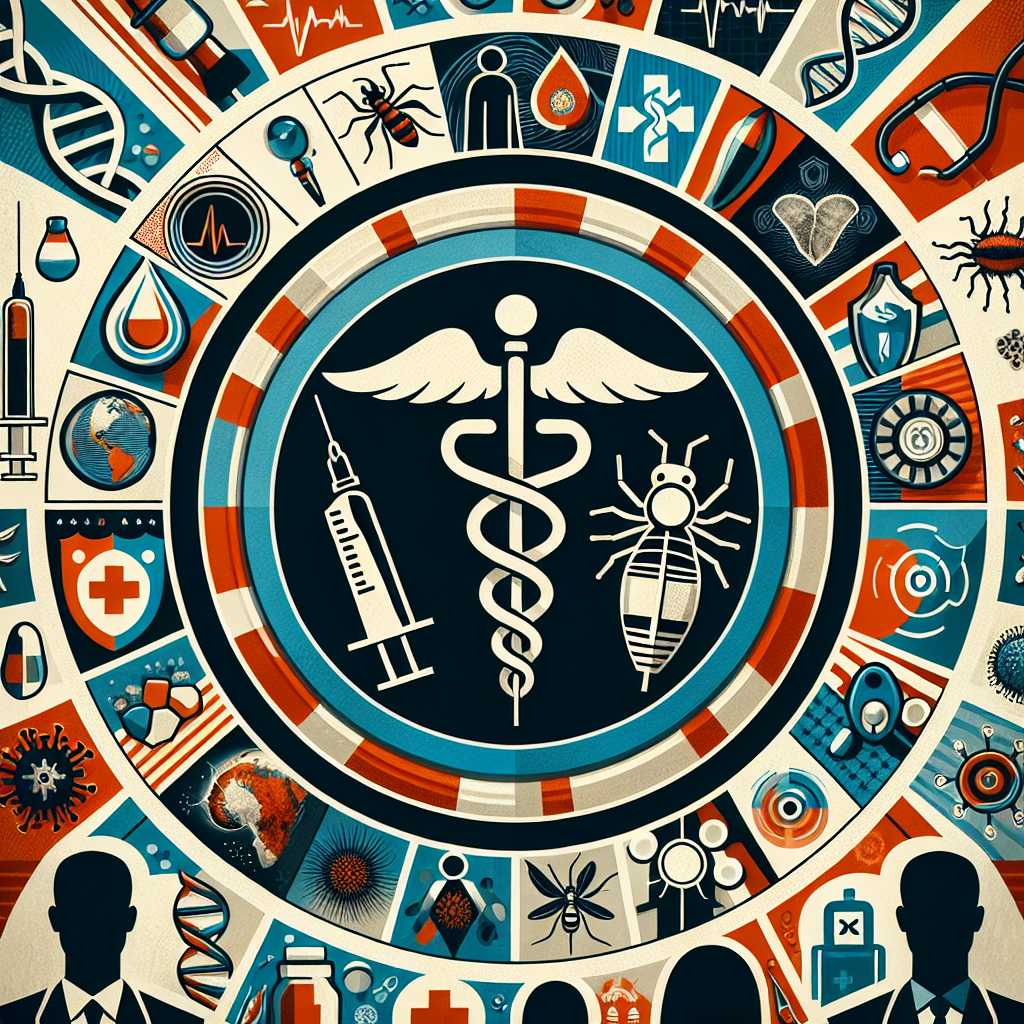Understanding the Centers for Disease Control and Prevention: Mission, Operations, and Impact on Public Health
Introduction to the CDC
The Centers for Disease Control and Prevention (CDC) stand as a paramount institute within the public health community, both in the United States and internationally. Its mission, simply stated, is to protect America from health threats, but extends into a wide range of health-related activities. Founded in 1946, the CDC’s presence and influence have grown significantly, molding it into a leader in the field of epidemiology, disease prevention, and public health education.
History and Evolution of the CDC
Since its inception as the Communicable Disease Center aiming to control malaria, the CDC has expanded its focus to a vast array of health concerns. Its well-funded programs now tackle everything from infectious diseases to noncommunicable conditions, environmental health threats, workplace safety, and preparations for new and emerging health risks.
The organization has evolved over time to address the changing landscape of health care and disease patterns. As global interaction increases, so does the need for a robust system to monitor and control disease spread, which made the expansion of the CDC’s remit inevitable.
Mission and Core Functions
The fundamental mission of the CDC is to keep Americans safe from health threats, striving to be diligent protectors through science-based decisions. Their work involves detecting and responding to new health threats, conducting research on preventable diseases, and promoting healthy lifestyles. This mission gives rise to several core functions:
– Surveillance: Monitoring health status to identify community health problems.
– Field Investigations: Conducting field studies and investigations of infectious diseases outbreaks.
– Research: Performing research trials and studies integral to understanding diseases and developing solutions to public health problems.
– Public Health Policy: Creating policies that promote individual and community health.
– Public Health Education: Providing education on emerging health risks to professionals and citizens alike.
– Partnering with Local Health Departments: Collaborating with state and local health departments along with international organizations.
Each of these roles involves intricate processes and dedicated teams working towards safeguarding the public’s health.
Response to Health Emergencies
A central part of the CDC’s mission is its rapid response capability in face of sudden public health emergencies. This includes outbreaks like influenza pandemics, bioterrorism threats, or natural disasters. It plays a critical coordination role between various levels of government and stakeholders in managing emergency response protocols.
The CDC’s timely collection of data during such emergencies is critical to controlling the spread of disease. By analyzing this information quickly, they direct resources where they are needed most and formulate response strategies to mitigate further harm.
Public Health Research and Innovation
Innovative research underlies much of what the CDC does. Bold advancing science is crucial for making headway against existing and new public healthcare challenges. Some prominent areas of research at the CDC typically include genetics, pathogens variations, chronic disease prevention methods, developing vaccines, and diagnostic tools.
Research efforts also aim to improve global health security by assisting countries around the world to enhance their ability in preventing infectious diseases from becoming epidemics.
Public Education and Prevention Programs
Through numerous campaigns and educational programs, the CDC endeavors not only to alert the public about present risks but also arm them with information essential for prevention. These initiatives cover several areas such as smoking cessation support, nutrition guidelines, diabetes management education, vaccine awareness campaigns among many other health topics.
The agency circulates its findings via its website along with social media channels so as to reach diverse audiences. It recognizes that well-informed citizens are a powerful defense against public health concerns.
Global Public Health Contributions
With globalization making international public health more pertinent than ever before, the CDC often finds itself coordinating with global partners like the World Health Organization (WHO). Its efforts help grow global capacity for disease detection and response through sharing knowledge, setting protocols for best practices in healthcare efforts worldwide.
Overall, these collaborations contribute significantly toward managing international public health issues in an interconnected world.
Notes
Conclusion
In conclusion, the Centers for Disease Control and Prevention are a cornerstone in our defense against both domestic and global public health threats. Through rigorous research, active surveillance, edification of the public, formidable emergency preparedness responses, thoughtful policy communion and fostering insightful innovativeness; the CDC meticulously works towards a vision of ‘Health Protection … Health Equity’.
Without doubt understanding the full spectrum of its progressive portfolio gives one better insight into why globally it’s commended effusively almost ubiquitously for contributions towards safeguarding mankind’s collective welfare vis-à-vis matters pertaining robustly to public healthcare dynamics.
*Image description: The official CDC logo on a background featuring images symbolizing various aspects of their work: a stethoscope, syringe (vaccination), Aedes mosquito (disease vectors), DNA strand (research), hurricane symbol (emergency response), and an illustration of diverse individuals (public education).*
IlPi4
